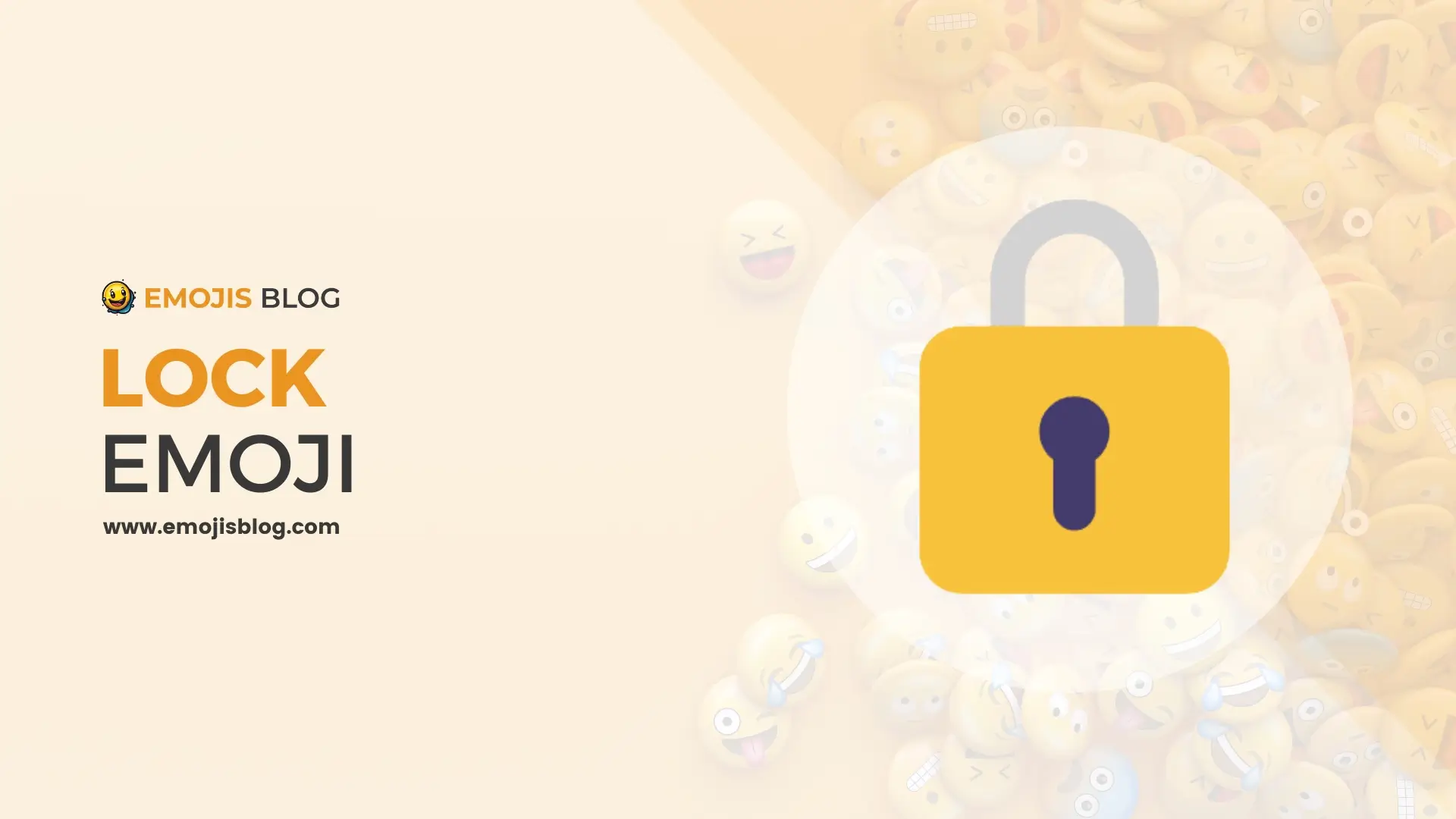What Does The Lock Emoji 🔒 Mean?
🔒
Lock Emoji 🔒 Meaning
The lock emoji (🔒) is a digital icon representing a closed padlock, commonly used to symbolize security, privacy, and confidentiality. Its primary use is to convey the protection of information or to indicate something that is secured or inaccessible, such as a private account or a confidential matter. The emoji’s depiction of a padlock, a universally recognized symbol for safeguarding valuables, makes it a versatile tool in digital communication, often employed to emphasize the need for discretion or to denote restricted access in various contexts ranging from personal messaging to social media and online security discussions.
Technical Information
| Attribute | Details |
|---|---|
| Emoji | 🔒 |
| Name | Lock Emoji |
| Unicode Version | Unicode 6.0 (2010) |
| Emoji Version | Emoji 1.0 (2015) |
| Category | Objects |
| Subcategory | Lock |
| Codepoints | U+1F512 |
| Shortcode | :lock: (in some platforms) |
| Keywords | Lock, Security, Privacy, Padlock, Closed |
| Description | A closed padlock, typically used to represent security and privacy. |
| Variations | None |
| Cross-Platform Rendering | Appearance may vary slightly across different platforms and devices. |
| Usage | To signify security, privacy, confidentiality, or restricted access. |
| Related Emojis | 🔓 (Unlocked), 🔏 (Locked with Pen), 🔐 (Locked with Key) |
Understanding the Lock Emoji: 🔒
In the digital age, emojis have become a universal language, transcending cultural and linguistic barriers. Among these, the lock emoji (🔒) stands out as a symbol with diverse meanings and uses. This article delves into the various interpretations and applications of the lock emoji in modern communication.
The Origin and Design of the Lock Emoji
Historical Background
The lock emoji was introduced as part of Unicode 6.0 in 2010 and later added to Emoji 1.0 in 2015. Its design typically resembles a padlock, a device known for centuries for securing possessions and protecting privacy.
Visual Representation
While its appearance may slightly vary across different platforms, the lock emoji consistently depicts a closed padlock. This design universally signifies security, privacy, and restriction.
Symbolic Meanings of the Lock Emoji
Privacy and Security
The most common interpretation of the lock emoji is privacy and security. It is often used in digital communication to represent the protection of sensitive information, personal data, or private conversations.
Secrecy and Confidentiality
In certain contexts, the lock emoji can symbolize secrecy or confidentiality. It may indicate that the information being discussed is not for public disclosure.
Locked Accounts and Restricted Access
On social media platforms, the lock emoji is frequently used to denote private or locked accounts, suggesting that access is restricted to approved followers only.
Usage in Digital Communication
Text Messaging and Social Media
In text messages and on social media, the lock emoji is used to emphasize the need for discretion or to indicate that a message or account is private.
Marketing and Promotions
Businesses sometimes use the lock emoji in marketing materials to create a sense of exclusivity around a product or service, implying that it is a ‘locked’, premium offering.
Online Security Awareness
The lock emoji is also employed in discussions about online security, often accompanying tips or information on protecting digital data.
Cultural Variations in Interpretation
While the lock emoji generally conveys a sense of security and privacy, cultural differences can influence its interpretation. In some cultures, it might be seen as a symbol of being closed off or inaccessible.
Conclusion
The lock emoji (🔒) is a versatile symbol in the emoji lexicon. Its primary associations with security, privacy, and restriction make it a powerful tool in digital communication. As emojis continue to evolve as a form of expression, understanding their meanings and contexts becomes increasingly important in our interconnected world.

